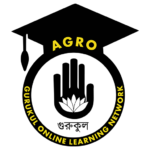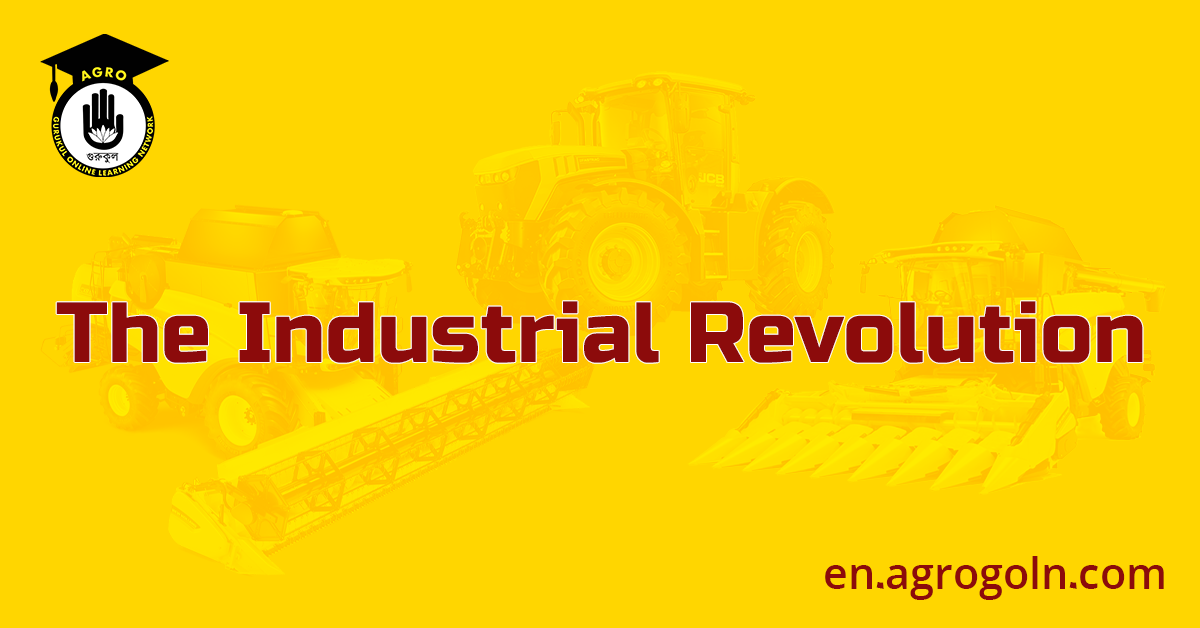The Industrial Revolution, a period of rapid industrialization from the mid-18th to mid-19th century, was a transformative time in human history. It changed the socio-economic landscape globally, and agriculture was no exception. This article delves into the pivotal role of the Industrial Revolution in the history of agricultural machinery, tracing the evolution from manual labor to mechanization, and exploring the profound impacts of this shift.
Table of Contents
The Industrial Revolution

Pre-Industrial Agriculture
Before the advent of the Industrial Revolution, agriculture was characterized by manual labor and rudimentary tools. Farmers used simple, hand-held tools such as hoes, spades, and sickles for various farming operations. Plowing was performed using wooden plows pulled by oxen or horses. Harvesting, threshing, and winnowing were labor-intensive tasks done by hand. This reliance on human and animal power limited the scale of farming and made it highly dependent on the physical strength and endurance of the farmers.

Onset of the Industrial Revolution
The Industrial Revolution, originating in Great Britain and subsequently spreading to Europe, North America, and eventually the entire globe, marked a shift from manual labor and traditional hand production methods to machines, new chemical manufacturing, and iron production processes. It was characterized by the advent of steam power, growth of factories, and mass production.
The revolution began in the textile industry but quickly spread to other sectors, including agriculture. Technological innovations led to the development of new, efficient machines that transformed farming practices, enabling farmers to cultivate larger areas and increase productivity.

Key Agricultural Innovations During the Industrial Revolution
Several crucial inventions during the Industrial Revolution propelled the mechanization of agriculture.
The Seed Drill:
Invented by British farmer Jethro Tull in the early 18th century, the seed drill marked a significant leap from traditional broadcast sowing. It enabled farmers to sow seeds in well-spaced rows at specific depths, enhancing germination rates and crop yields.
The Threshing Machine:
Before the Industrial Revolution, threshing was performed manually using flails—a laborious and time-consuming process. Andrew Meikle, a Scottish millwright, invented the threshing machine in 1786. This device separated the grain from the chaff much more efficiently and quickly than manual methods, marking a major step forward in post-harvest technology.
The Mechanical Reaper:
In 1831, Cyrus McCormick, an American inventor, developed the mechanical reaper, a horse-drawn machine that significantly reduced the time and labor required for harvesting crops.
The Steam Engine:
The invention and refinement of the steam engine were arguably the most transformative aspects of the Industrial Revolution. While not directly used in field operations initially, steam power played a critical role in operating machines for processing agricultural products. Eventually, steam engines were adapted for use in traction engines and portable engines to power agricultural machinery on the farm.

Impacts of the Industrial Revolution on Agriculture
The Industrial Revolution had far-reaching effects on agriculture. The mechanization of farming practices led to significant improvements in efficiency, productivity, and scale. Farmers could now cultivate and harvest larger areas in less time, leading to increased food production to support the growing urban populations.
However, the revolution was not without challenges. Many small farmers couldn’t afford the expensive machinery, leading to increased wealth disparity. Some farm laborers lost their jobs due to mechanization, triggering social unrest. Furthermore, the intensified farming practices had environmental implications, leading to soil exhaustion in some areas.

Conclusion: Legacy of the Industrial Revolution
The Industrial Revolution marked a pivotal moment in the history of agricultural machinery. It transformed agriculture from a labor-intensive, small-scale industry into a mechanized, large-scale operation. This period laid the foundation for the modern farming practices we see today, setting the stage for further technological advancements.
However, the revolution also taught us valuable lessons about the socio-economic and environmental impacts of rapid industrialization. As we continue to innovate and advance agricultural technology, we must strive to balance productivity and sustainability, ensuring that the benefits of technology are accessible to all farmers, not just the ones with the most resources. As such, the Industrial Revolution stands not only as a testament to human ingenuity but also as a reminder of our responsibility to use technology wisely and equitably.
#Agro #Agriculture #AgroGurukul #AgricultureGurukul #GurukulOnlineLearningNetwork
